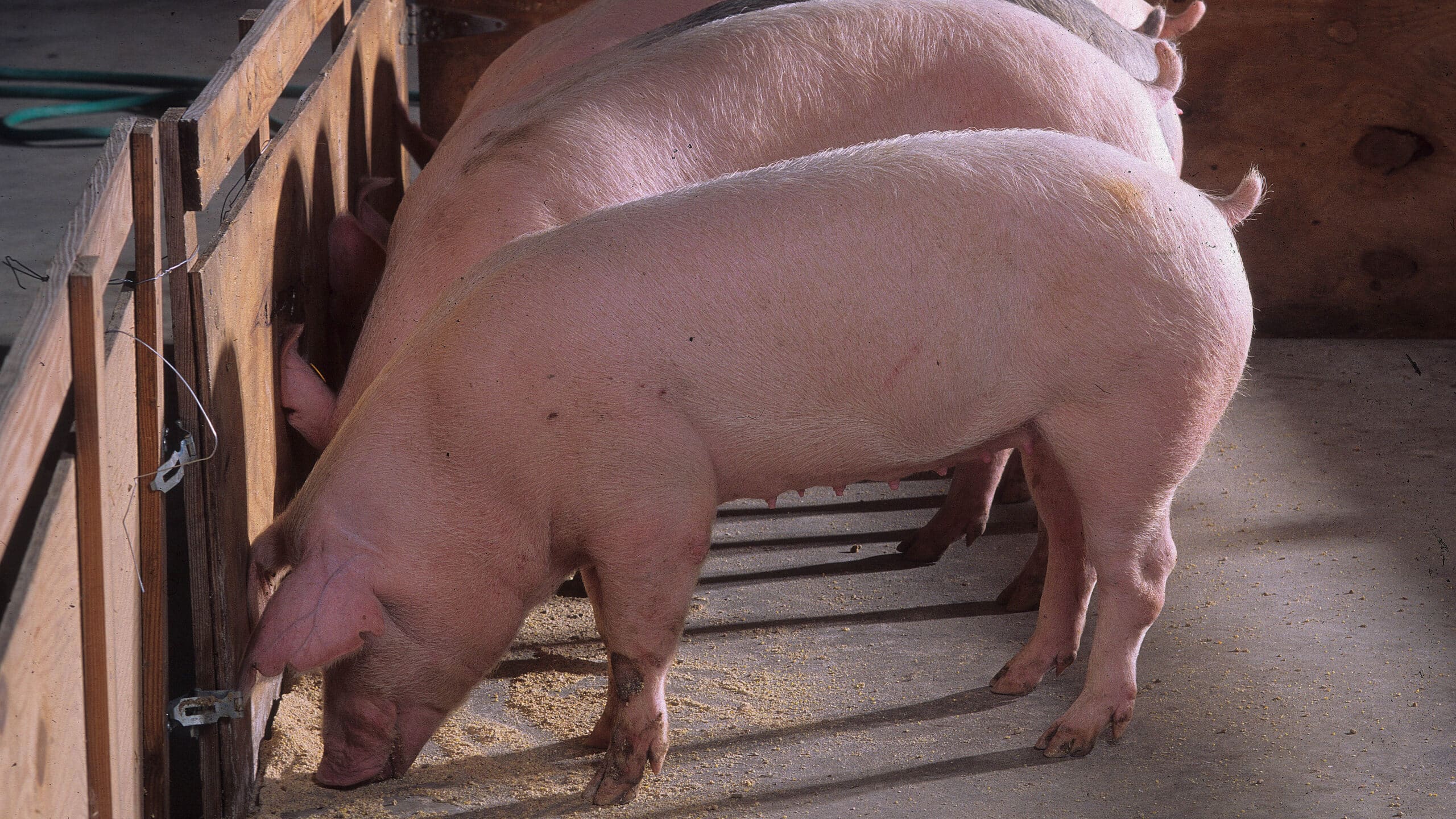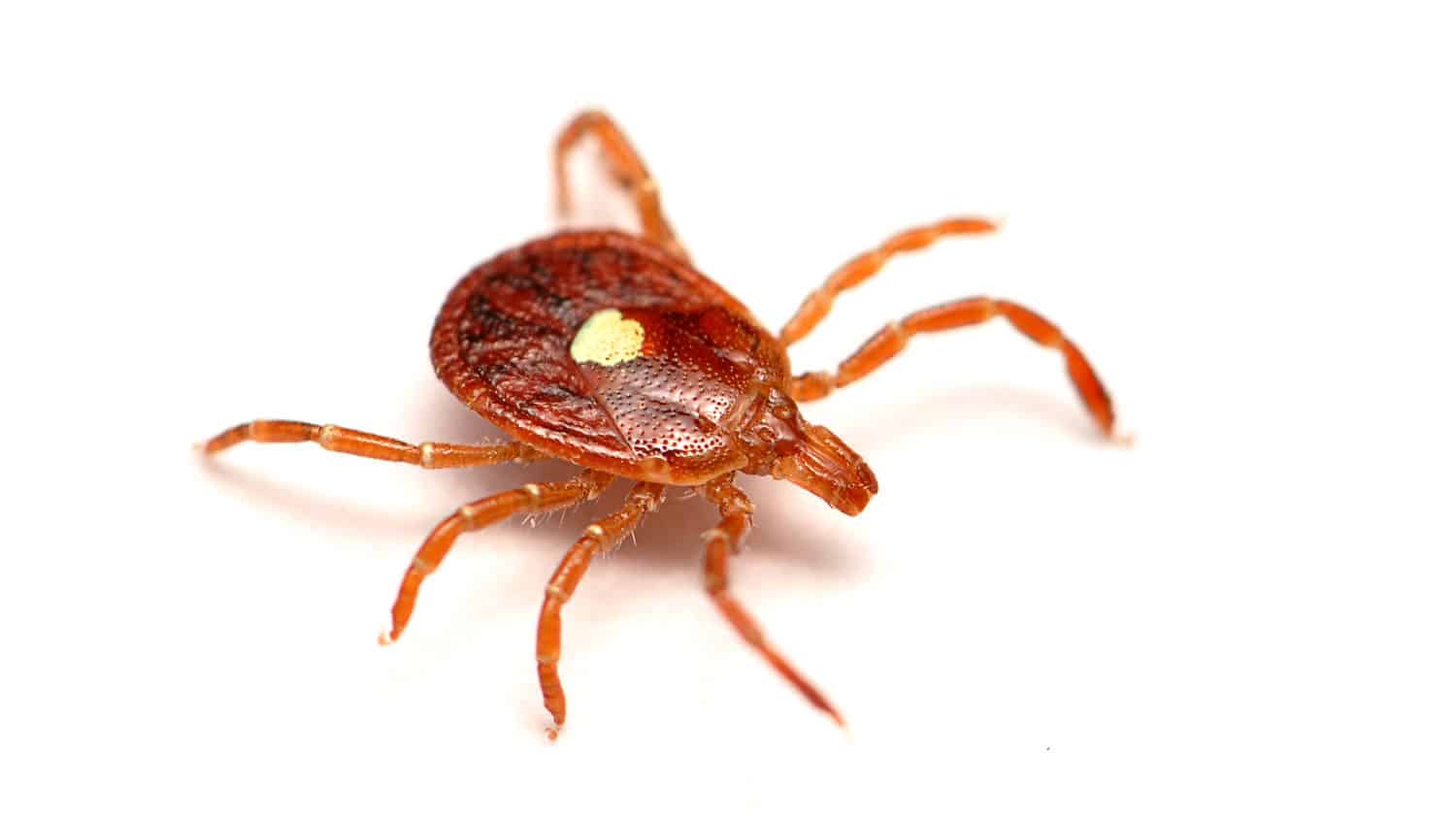Study: Biodegradable Products May Be Bad For The Environment
Research from North Carolina State University shows that so-called biodegradable products are likely doing more harm than good in landfills, because they are releasing a powerful greenhouse gas as they break down.
“Biodegradable materials, such as disposable cups and utensils, are broken down in landfills by microorganisms that then produce methane,” says Dr. Morton Barlaz, co-author of a paper describing the research and professor and head of NC State’s Department of Civil, Construction, and Environmental Engineering. “Methane can be a valuable energy source when captured, but is a potent greenhouse gas when released into the atmosphere.”
And the U.S. Environmental Protection Agency (EPA) estimates that only about 35 percent of municipal solid waste goes to landfills that capture methane for energy use. EPA estimates that another 34 percent of landfills capture methane and burn it off on-site, while 31 percent allow the methane to escape.
“In other words,” Barlaz says, “biodegradable products are not necessarily more environmentally friendly when disposed in landfills.”
This problem may be exacerbated by the rate at which these man-made biodegradable materials break down. Federal Trade Commission (FTC) guidelines call for products marked as “biodegradable” to decompose within “a reasonably short period of time” after disposal. But such rapid degradation may actually be environmentally harmful, because federal regulations do not require landfills that collect methane to install gas collection systems for at least two years after the waste is buried. If materials break down and release methane quickly, much of that methane will likely be emitted before the collection technology is installed. This means less potential fuel for energy use, and more greenhouse gas emissions.
As a result, the researchers find that a slower rate of biodegradation is actually more environmentally friendly, because the bulk of the methane production will occur after the methane collection system is in place. Some specific biodegradable products such as bags that hold yard waste and are always sent to composting or anaerobic digestion facilities were not included in the study.
“If we want to maximize the environmental benefit of biodegradable products in landfills,” Barlaz says, “we need to both expand methane collection at landfills and design these products to degrade more slowly – in contrast to FTC guidance.”
The paper, “Is Biodegradability a Desirable Attribute for Discarded Solid Waste? Perspectives from a National Landfill Greenhouse Gas Inventory Model,” was co-authored by Barlaz and NC State Ph.D. student James Levis, and was published online May 27 by the journal Environmental Science & Technology. The research was supported by Procter & Gamble and the Environmental Research and Education Foundation.
-shipman-
Note to Editors: The study abstract follows.
“Is Biodegradability a Desirable Attribute for Discarded Solid Waste? Perspectives from a National Landfill Greenhouse Gas Inventory Model”
Authors: James W. Levis, Morton A. Barlaz, North Carolina State University
Published: Online May 27, Environmental Science & Technology
Abstract: There is increasing interest in the use of biodegradable materials because they are believed to be “greener”. In a landfill, these materials degrade anaerobically to form methane and carbon dioxide. The fraction of the methane that is collected can be utilized as an energy source and the fraction of the biogenic carbon that does not decompose is stored in the landfill. A landfill life-cycle model was developed to represent the behavior of MSW components and new materials disposed in a landfill representative of the U.S. average with respect to gas collection and utilization over a range of environmental conditions (i.e., arid, moderate wet, and bioreactor). The behavior of materials that biodegrade at relatively fast (food waste), medium (biodegradable polymer) and slow (newsprint and office paper) rates was studied. Poly(3-hydroxybutyrate-co-3-hydroxyoctanoate) (PHBO) was selected as illustrative for an emerging biodegradable polymer. Global warming potentials (GWP) of 26, 720, -1000, 990, and 1300 kg CO2e wet Mg1_ were estimated for MSW, food waste, newsprint, office paper, and PHBO, respectively in a national average landfill. In a state-of-the-art landfill with gas collection and electricity generation, GWP’s of -250, 330, -1400, -96, and -420 kg CO2e wet Mg1 _ were estimated for MSW, food waste, newsprint, office paper and PHBO, respectively. Additional simulations showed that for a hypothetical material, a slower biodegradation rate and a lower extent of biodegradation improve the environmental performance of a material in a landfill representative of national average conditions.
- Categories:


